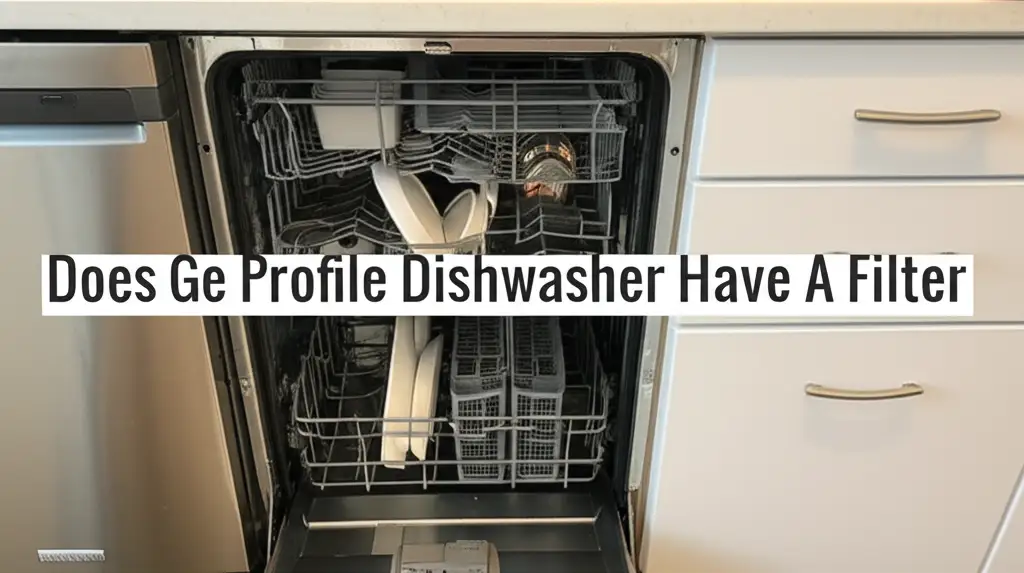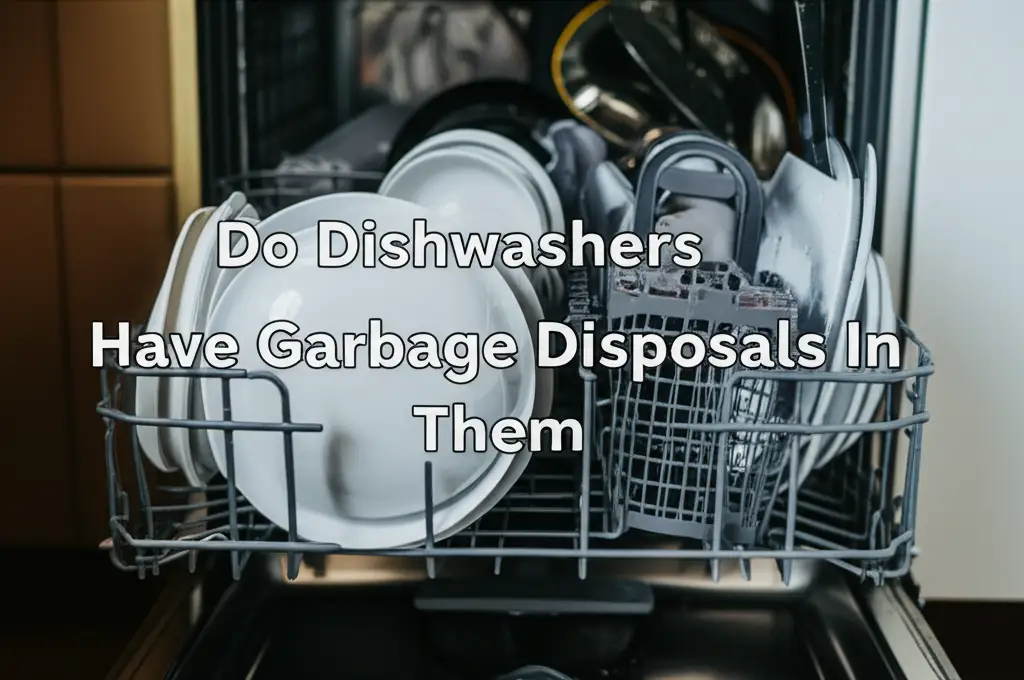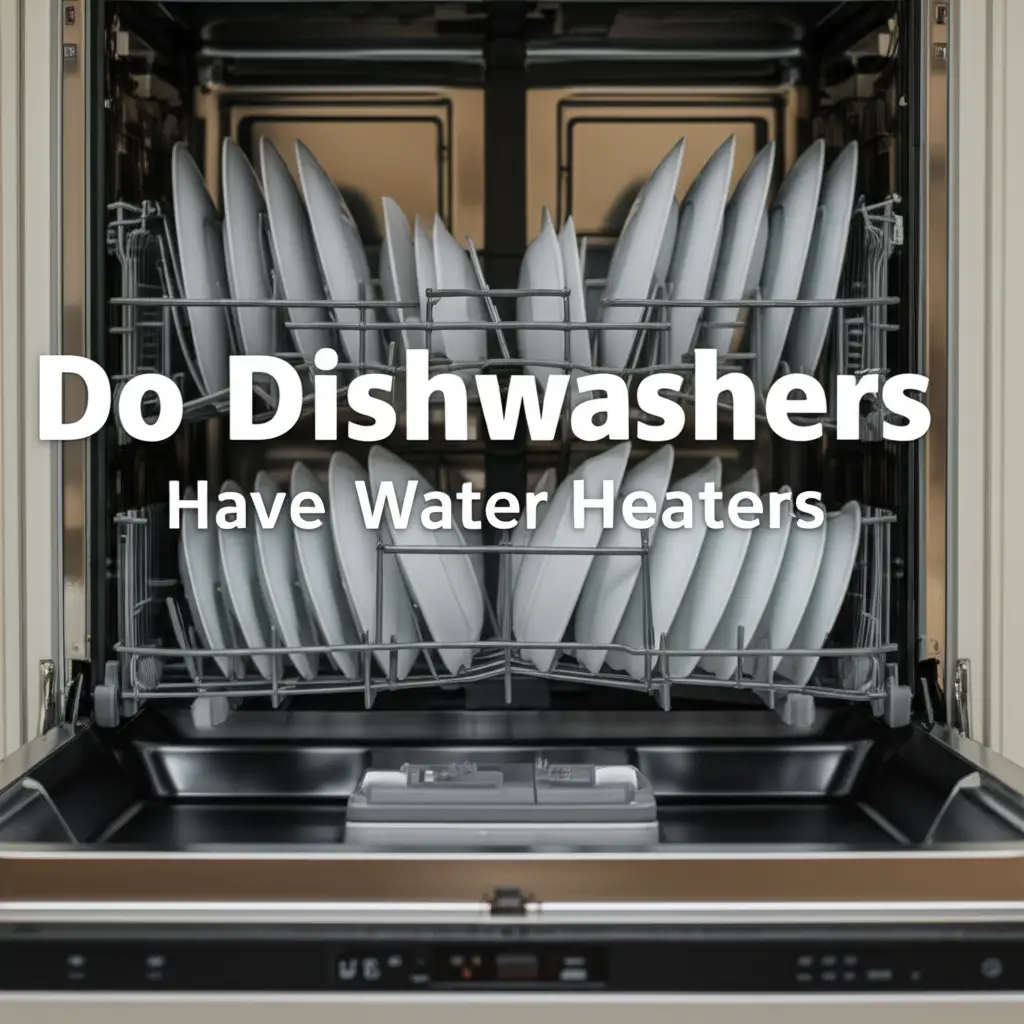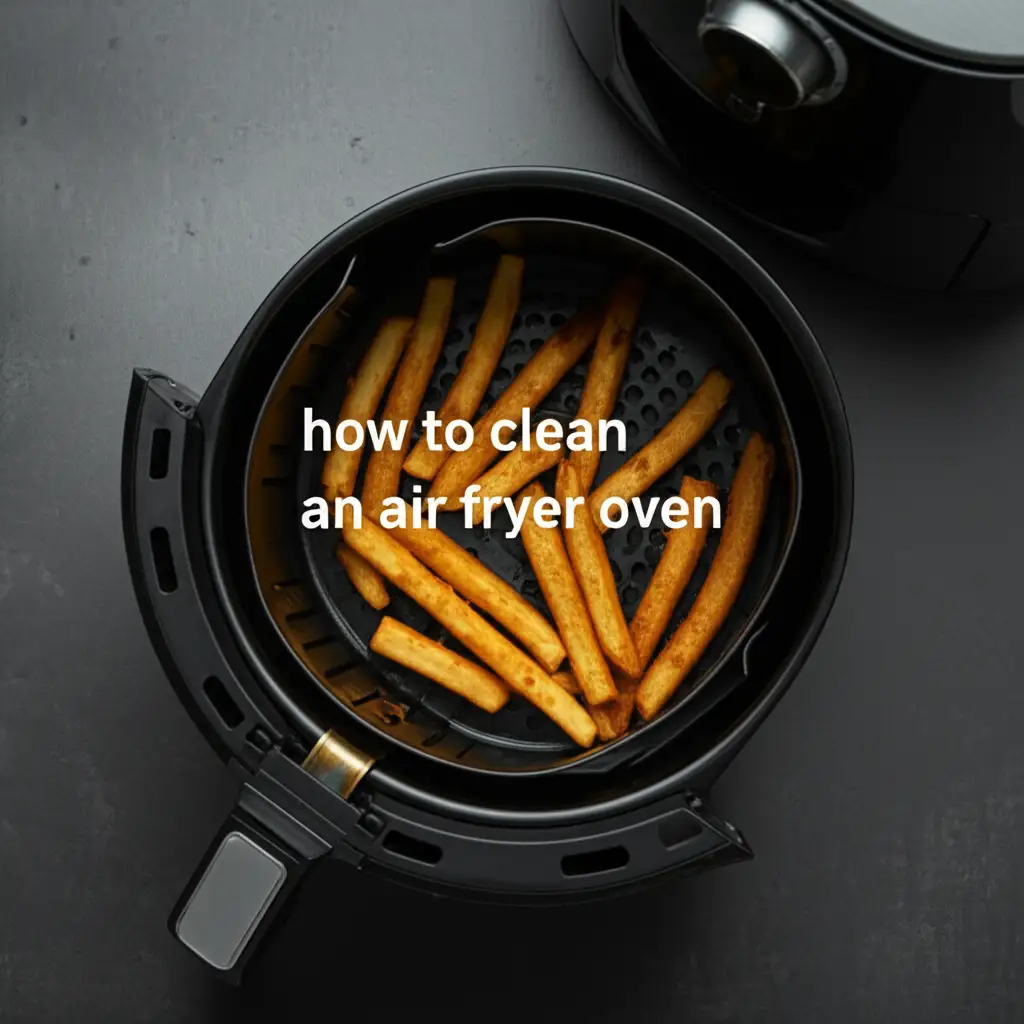· Liora Benning · Home Appliances · 11 min read
Can You Run Drano Through A Washing Machine
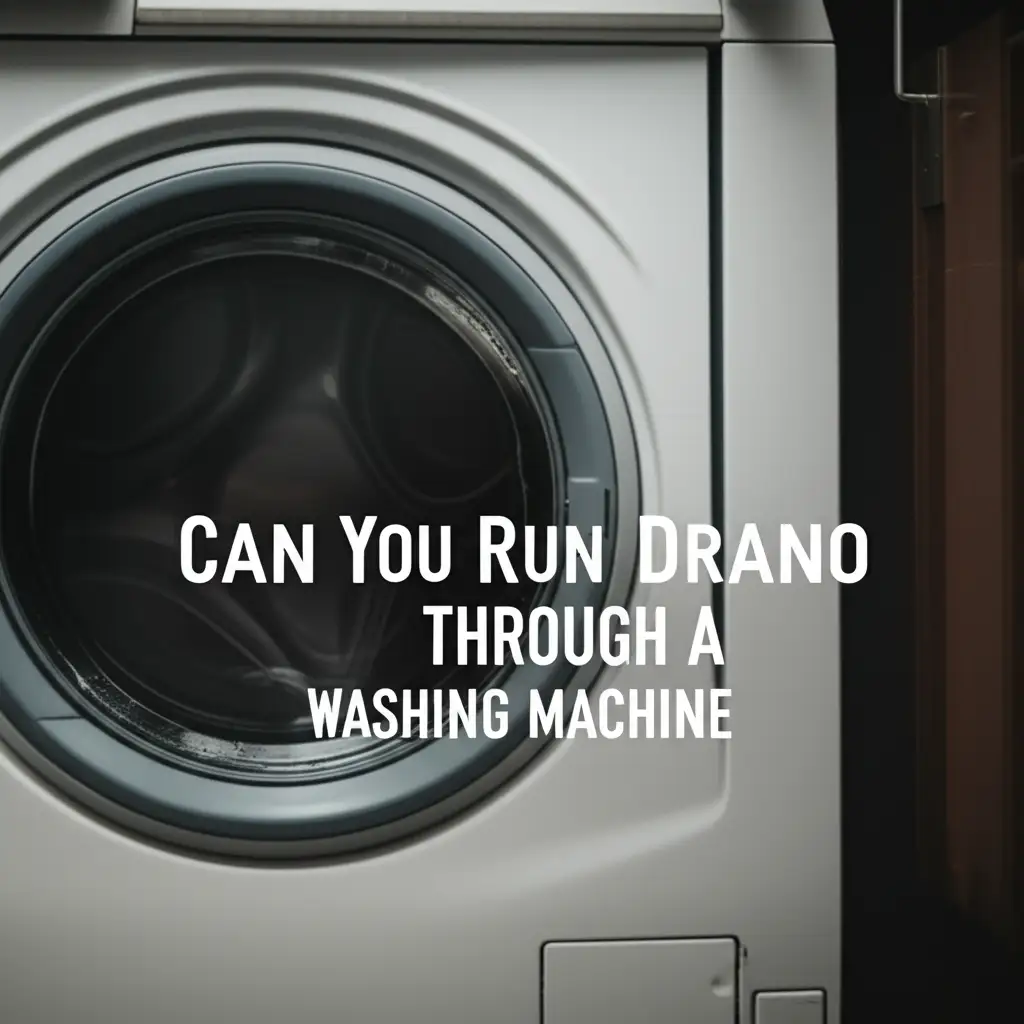
Running Drano Through a Washing Machine: A Risky Idea?
Have you ever considered pouring a harsh chemical drain cleaner like Drano into your washing machine to clear a clog? It is a common thought when faced with slow draining water or standing water in the drum. Many homeowners wonder if this powerful solution can fix their appliance’s drainage problems. But before you reach for that bottle, it is important to understand the significant risks involved. This article will explain why using Drano in your washing machine is a bad idea. We will also cover safer methods for dealing with clogs and how to prevent them in the first place.
Takeaway
- Never use Drano or similar chemical drain cleaners in your washing machine.
- These chemicals corrode parts and damage your plumbing.
- Chemical reactions can release harmful fumes.
- Identify the clog source before attempting repairs.
- Use safer methods like snaking or natural solutions.
- Call a professional plumber for persistent issues.
Can You Run Drano Through a Washing Machine?
No, you absolutely should not run Drano or any other chemical drain cleaner through a washing machine. These products contain harsh chemicals. They can cause severe damage to your washing machine’s internal components, drain hose, and home plumbing system. Using them also poses significant safety risks to you and your family.
Why Using Drano in Your Washing Machine is a Bad Idea
Using Drano in your washing machine sounds like an easy fix for a drain problem. However, it is a very bad idea. The chemicals in Drano are designed for tough clogs in simple drainpipes, not for an appliance. Your washing machine has many plastic, rubber, and metal parts. These parts can easily corrode or melt when exposed to strong acids or lye found in chemical drain cleaners.
These cleaners generate heat during their chemical reaction. This heat can warp plastic hoses and seals inside the machine. It can also weaken the rubber gaskets that keep water contained. Once these parts are damaged, your washing machine can start leaking. This leads to costly repairs or even appliance replacement. It is simply not worth the risk to your valuable washing machine.
The Risks of Chemical Drain Cleaners on Appliance Components
Chemical drain cleaners, including Drano, present serious risks to your washing machine’s delicate parts. These cleaners are highly corrosive. They work by dissolving organic matter like hair and grease. However, they do not differentiate between clogs and appliance components. Many parts inside your washing machine are plastic or rubber.
Plastic drain hoses and rubber seals are particularly vulnerable. The chemicals can eat through these materials over time. This leads to cracks, leaks, or complete system failure. Strong chemicals also react with metal parts, causing corrosion. This corrosion weakens connections and can lead to expensive repairs. Replacing a washing machine is much more costly than hiring a plumber.
Understanding Your Washing Machine’s Drain System
Your washing machine’s drain system is more complex than a simple sink drain. Water leaves the washing machine through an internal pump. This pump pushes water out through a flexible drain hose. The hose usually empties into a standpipe or a utility sink. From there, the water enters your home’s main drainage system.
Each part of this system is designed for water and detergent, not harsh chemicals. The drain hose is typically made of corrugated plastic or rubber. These materials can easily degrade when exposed to strong chemical agents. Understanding this system helps you see why introducing corrosive drain cleaners is so dangerous. Learn more about how washing machine components work by reading What Goes Where In A Washing Machine.
Common Drain System Components
- Sump Pump: Located at the bottom of the washer, it moves water out.
- Drain Hose: A flexible hose carries wastewater away from the machine.
- Standpipe or Utility Sink: The destination for the drain hose, connected to your home’s plumbing.
- Air Gap: Prevents dirty water from siphoning back into the machine (if present).
Common Causes of Washing Machine Drain Clogs
Washing machine drain clogs happen for several reasons. Lint is a very common culprit. Each wash cycle releases tiny fibers from clothes. Over time, these fibers build up in the drain hose or standpipe. This creates a soft, fibrous blockage. Small items like coins, socks, or pet hair can also get past the washer’s filter. They can lodge in the pump or drain hose.
Grease and detergent residue contribute to clogs too. If you wash greasy rags or use too much detergent, these substances can accumulate. They coat the inside of the drain lines, making it easier for other debris to stick. Understanding these causes helps you choose the right solution. It also helps you prevent future drainage issues.
Identifying the Clog Location
A washing machine clog can be in several places. It might be inside the machine itself. The pump or internal hoses can get blocked. The clog could also be in the drain hose that carries water away. Sometimes, the issue is further down in your home’s main standpipe or drain line.
- Machine Internal: Check the pump filter or lint trap first. These are often easy to access.
- Drain Hose: Disconnect the drain hose from the standpipe. Check for visible blockages inside.
- Standpipe/House Drain: If the hose is clear, the clog is likely in the wall pipe. This usually needs a plumbing snake.
Safer Alternatives for Washing Machine Blockages
If your washing machine is not draining, there are many safe and effective ways to fix it without using harsh chemicals. First, always disconnect the power to your machine. Safety comes first. You can often clear minor clogs yourself.
Start by checking the washing machine’s lint filter or coin trap. This is usually near the pump. Remove any debris you find there. Next, inspect the drain hose for kinks or blockages. Disconnect it from the wall standpipe and look inside. You can also carefully snake the drain hose. For deeper clogs, a plumber’s snake can clear the standpipe. For general maintenance and minor issues, warm water and vinegar can also be a helpful, safe cleaning agent. You can read more about safe cleaning practices here: Is It OK to Put Vinegar in Your Washing Machine.
DIY Methods for Clearing Clogs
- Check the Lint Trap/Pump Filter: Most front-loading and some top-loading machines have an accessible filter. Remove it, clean out lint, hair, or small objects.
- Inspect the Drain Hose: Unplug the machine. Disconnect the drain hose from the standpipe. Look inside for blockages. You might be able to pull out visible debris.
- Use a Plumber’s Snake: For clogs in the standpipe, a small plumbing snake can be effective. Feed the snake down the pipe until it meets resistance. Twist and pull to dislodge the clog.
- Hot Water Flush: After clearing some debris, pour a bucket of hot (not boiling) water down the standpipe. This can help flush away any remaining soft blockages.
- Baking Soda and Vinegar (for very minor clogs, not heavy blockages): For very light clogs or maintenance, pour one cup of baking soda down the drain, followed by one cup of white vinegar. Let it sit for 30 minutes, then flush with hot water. This is safer but less effective for severe clogs.
For a comprehensive guide on how to safely address drainage issues, check out our article on How to Unblock a Washing Machine.
Preventing Future Washing Machine Drain Problems
Preventing clogs is much easier than fixing them. Regular maintenance can save you a lot of trouble and expense. Start by always checking pockets before washing clothes. Small items like coins, keys, or tissues often get stuck in the drain pump. It is also good practice to shake excess dirt or pet hair off items before putting them in the washer.
Using the right amount of detergent is also important. Too much detergent creates excessive suds and residue. This residue can build up in drain lines over time. Consider using high-efficiency (HE) detergent if you have an HE machine. It produces fewer suds. Running a monthly cleaning cycle with hot water and vinegar can help keep internal components clear. This helps prevent debris from accumulating.
Maintenance Tips
- Check Pockets: Always empty pockets before washing clothes to prevent small items from entering the drain system.
- Shake Off Debris: Shake excessively dirty or hairy items outside before washing them.
- Use Proper Detergent: Do not use too much detergent. Use HE detergent in HE machines.
- Clean Lint Filter/Pump Trap: Regularly clean the lint filter or pump trap, usually every few months.
- Monthly Cleaning Cycle: Run an empty hot water cycle with a cup of white vinegar or a washing machine cleaner. This removes soap scum and mineral buildup. You can learn more about general cleaning by checking How to Clean Top Loader Washing Machine.
- Check Drain Hose: Periodically inspect the drain hose for kinks or damage.
When to Call a Professional Plumber
Sometimes, a clog is simply too stubborn or too deep for a DIY fix. If you have tried safe methods and your washing machine still does not drain properly, it is time to call a professional plumber. Plumbers have specialized tools and expertise. They can accurately diagnose the problem. They can also clear even the toughest blockages without damaging your appliance or plumbing system.
A professional plumber can use advanced snaking equipment or hydro-jetting. This equipment effectively clears blockages. They can also inspect your entire drainage system for underlying issues. These issues include damaged pipes or tree root intrusion. Investing in professional help saves you from potential costly repairs. It also ensures your plumbing system remains in good working order.
Signs You Need a Professional
- Persistent Clogs: You have tried DIY methods, but the drain keeps backing up.
- Multiple Fixture Issues: Other drains in your home (sinks, toilets) are also slow or clogged. This suggests a main line issue.
- Water Backing Up: Water backs up into your utility sink or bathtub when the washer drains.
- Foul Odors: Persistent bad smells from the drain, even after cleaning.
- Unusual Noises: Gurgling or sucking noises from drains when the washer runs.
- No Obvious Clog: You cannot find any visible blockage, but the machine still will not drain.
FAQ Section
Is Drano Safe for Any Appliance Drains?
No, Drano is generally not safe for appliance drains like washing machines or dishwashers. It is designed for household sink and shower drains. Appliance drains have specific pumps, hoses, and seals. These parts are sensitive to the harsh chemicals found in Drano. Using it can cause irreversible damage.
What are the dangers of mixing Drano with other chemicals?
Mixing Drano with other drain cleaners or household chemicals is extremely dangerous. It can create highly toxic fumes. These fumes can cause severe respiratory problems or even be fatal. Chemical reactions can also become explosive. Always follow product instructions carefully and never mix chemicals.
How can I tell if my washing machine drain hose is clogged?
You can tell if your washing machine drain hose is clogged if water drains very slowly or not at all after a wash cycle. You might see water standing in the drum. You can also disconnect the hose from the standpipe and inspect it visually for blockages. Feel the hose for hard spots that indicate a clog.
Can a washing machine clog cause a flood?
Yes, a washing machine clog can definitely cause a flood. If the drain hose or standpipe is completely blocked, the wastewater has nowhere to go. It will back up into the machine. Then it can overflow onto your floor. This can cause significant water damage to your home.
What is the best way to clean a washing machine drain for maintenance?
The best way to clean a washing machine drain for maintenance is to run a monthly hot water cycle. Add a cup of white vinegar or a dedicated washing machine cleaner to the dispenser. This helps break down soap scum and mineral deposits. Regularly clean the lint trap or pump filter too.
How often should I check my washing machine’s drain pump filter?
You should check your washing machine’s drain pump filter every few months, or more often if you wash items with a lot of lint or pet hair. Some manufacturers recommend checking it every 30-50 washes. Regular checks prevent small items from causing major blockages.
Conclusion
When facing a washing machine that will not drain, it is natural to look for a quick solution. However, running Drano or any other chemical drain cleaner through a washing machine is a decision you will likely regret. These powerful chemicals pose a severe threat to your appliance’s internal components. They also damage your home’s plumbing system. The risks of leaks, costly repairs, and safety hazards far outweigh any perceived benefit.
Instead, embrace safer, more effective methods for clearing clogs. Start with simple checks like the lint trap and drain hose. Use a plumbing snake for deeper blockages. Practice regular maintenance to prevent clogs from forming. If the problem persists, do not hesitate to call a professional plumber. They have the right tools and expertise to fix the issue safely. Protecting your washing machine and home plumbing system ensures many years of trouble-free laundry.


